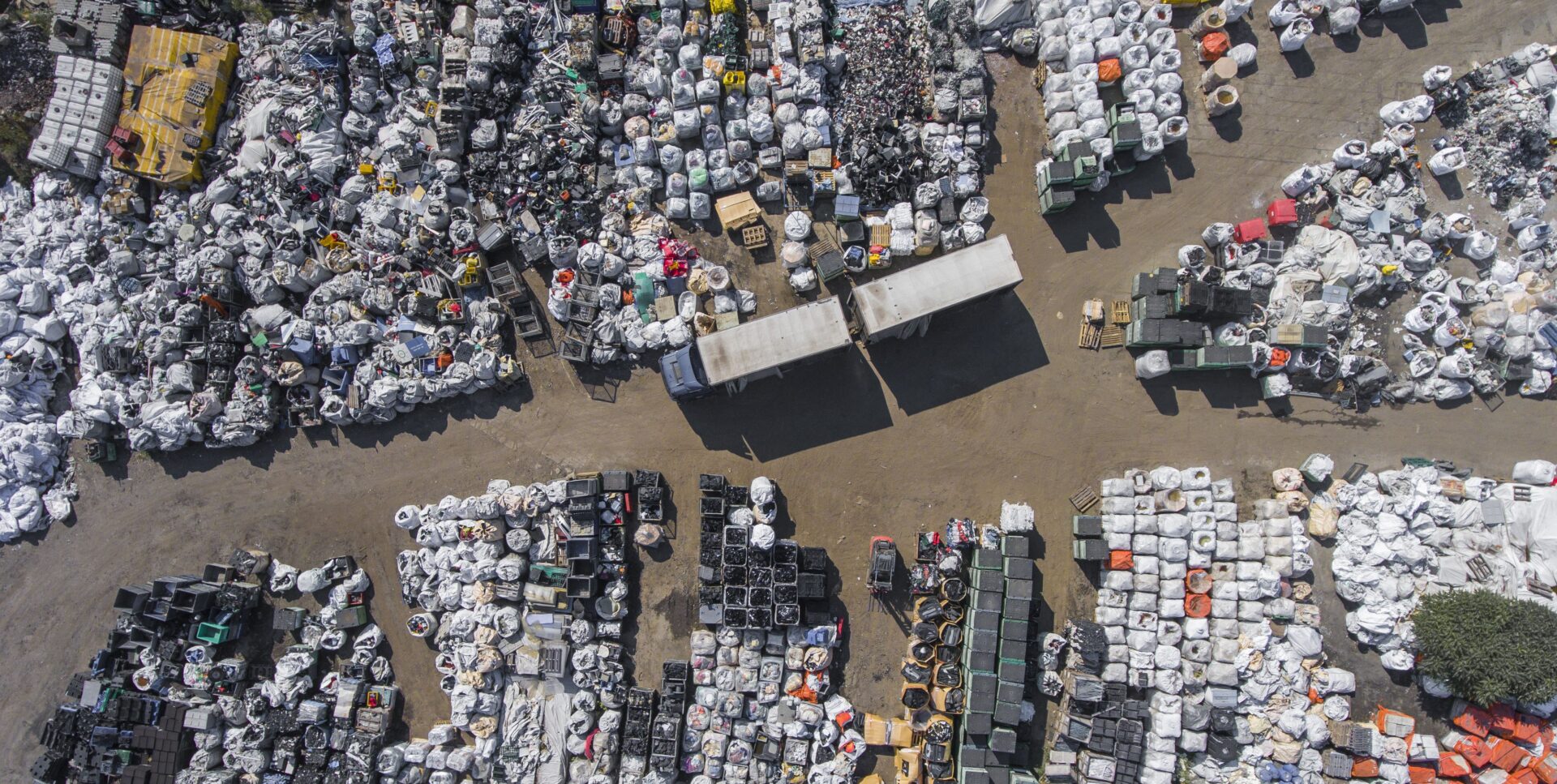
MOOC: Auditing waste management
4.4. Cooperative audits
With an increasing number of audits being conducted cooperatively by two or more SAIs each year, cooperative audits are now established practice. Such an audit can take the form of a joint audit whereby one audit team composed of auditors from different SAIs prepares a single report, or a parallel audit whereby individual teams in each participating SAI issue separate national reports. A coordinated audit is either a joint audit with separate audit reports or a parallel audit with both a single report and national ones [].
SAIs may wish to engage in a cooperative audit on waste for several reasons. Below are examples of audit cooperation from various regions of the world.
 AUDIT CASE: ENFORCEMENT OF THE EUROPEAN WASTE SHIPMENT REGULATION
AUDIT CASE: ENFORCEMENT OF THE EUROPEAN WASTE SHIPMENT REGULATION
| As large quantities of products in different stages of their life cycle can move vast distances, proper management and control to ensure that the polluter-pays principle is implemented can prove a challenge. For example, eight European SAIs collaborated on a coordinated audit on the enforcement of the European Waste Shipment Regulation (EWSR). While it was concluded in the joint report that countries had implemented the EU regulation, differences and discrepancies in the enforcement process were also highlighted. Among other things, varying interpretations of the classification of waste and the existence of different tariff codes were highlighted as factors raising the risk of illegal exports. [] |
 AUDIT CASE: PASIFIC COORDINATED SOLID WASTE MANAGEMENT AUDIT
AUDIT CASE: PASIFIC COORDINATED SOLID WASTE MANAGEMENT AUDIT
| Cooperative waste audits can also help participating SAIs build and sustain audit capacity. For example, 10 SAIs in the Pacific region participated in a coordinated performance audit on solid waste management in 2010. The main lines of enquiry were the existence of a legal and policy framework for solid waste management and a process to ensure its implementation, as well as compliance with the legal and policy framework. Common findings of the SAIs were related to poor coordination between the responsible bodies, funding constraints and shortcomings in the monitoring and reporting systems. [] |
 AUDIT CASE: LATIN AMERICAN COORDINATED AUDIT OF ENVIRONMENTAL LIABILITIES
AUDIT CASE: LATIN AMERICAN COORDINATED AUDIT OF ENVIRONMENTAL LIABILITIES
| Cooperative audit on waste can be undertaken to investigate the functioning of environmental management tools and principles. In 2016, a coordinated audit conducted by 9 SAIs from Latin America addressed the design of environmental liability instruments. Among other things, prevention of environmental liabilities was analysed in the field of waste management. One of the audit questions was whether waste management plans and programs as well as environmental impact assessments in the participating SAIs’ countries had contributed to preventing the generation of environmental liabilities. It was concluded that the risk of environmental liability cases was high due to the lack of sufficient regulatory framework and problems with both implementation of environmental liability policies as well as prevention of environmental liability. |
 Tip for auditors
Tip for auditors
| Requirements set in international conventions, EU directives and multinational agreements provide a good basis for a cooperative audit. Possible cooperative audit topics:
|


